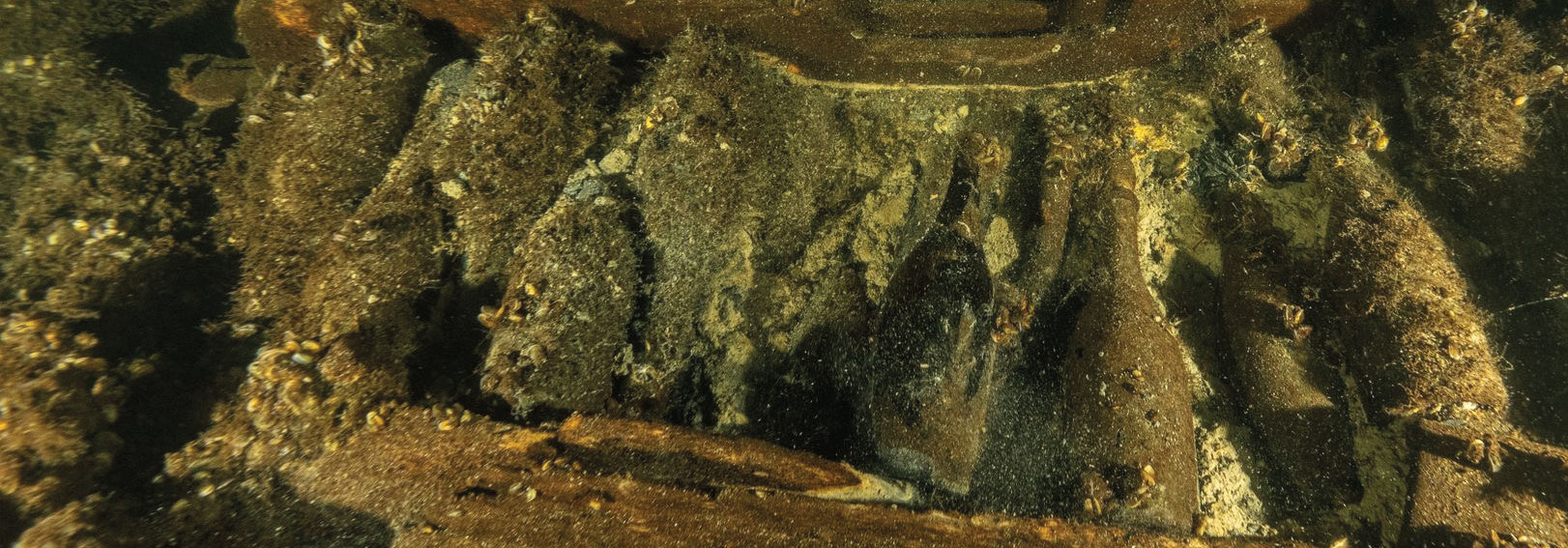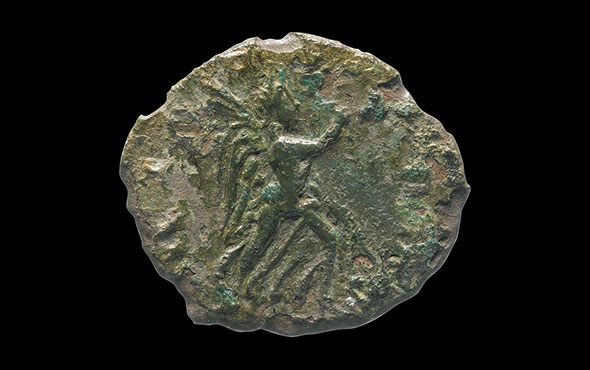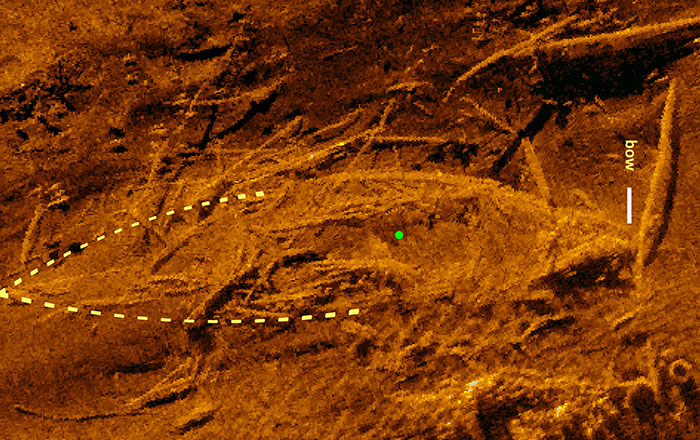
JENA, GERMANY—Science Magazine reports that researchers led by Maria Spyrou of the Max Planck Institute for the Science of Human History analyzed the genomes of 34 samples of Y. pestis, the bacteria that caused the Black Death, obtained from the teeth of people buried at ten different European sites between the fourteenth and seventeenth centuries. The study suggests that the oldest bacteria DNA came from Laishevo, a town in Russia’s southwestern Volga region, and that this strain is ancestral to the strains in the remaining samples, although it may have originated somewhere else in western Asia. Once it arrived in Europe, Y. pestis is likely to have lived on local rodent hosts, where it evolved, diversified, and caused later outbreaks of the Black Death. Additional samples of the bacteria from western Asia could offer more information about the spread of the disease, Spyrou explained. For more, go to "Bronze Age Plague," one of ARCHAEOLOGY's Top 10 Discoveries of 2018.











